Shadowboxing with AJOBYAJO
|ALMA LEANDRA
Converging punk cultures, streetwear aesthetics, and a commitment to strengthening the LGBTQ+ community, the South Korean brand AJOBYAJO started by designing apparel for friends, but soon became a haven for the “misfits” in its native country—including the punk, skater, emo, and queer scenes. Established in 2016, the brand is not afraid to make social commentaries with its clothes, such as the pastel purple sweater with the words “Don’t Burn Our Future” emblazoned on it, and recently it has been showcased at SEOUL FASHION WEEK. The brand distinguishes itself further through a meticulously considered documentarian approach in shaping its campaign visuals. Designer and founder KIM SE HYUNG to ALMA LEANDRA about breaking boundaries and an influential anime series.
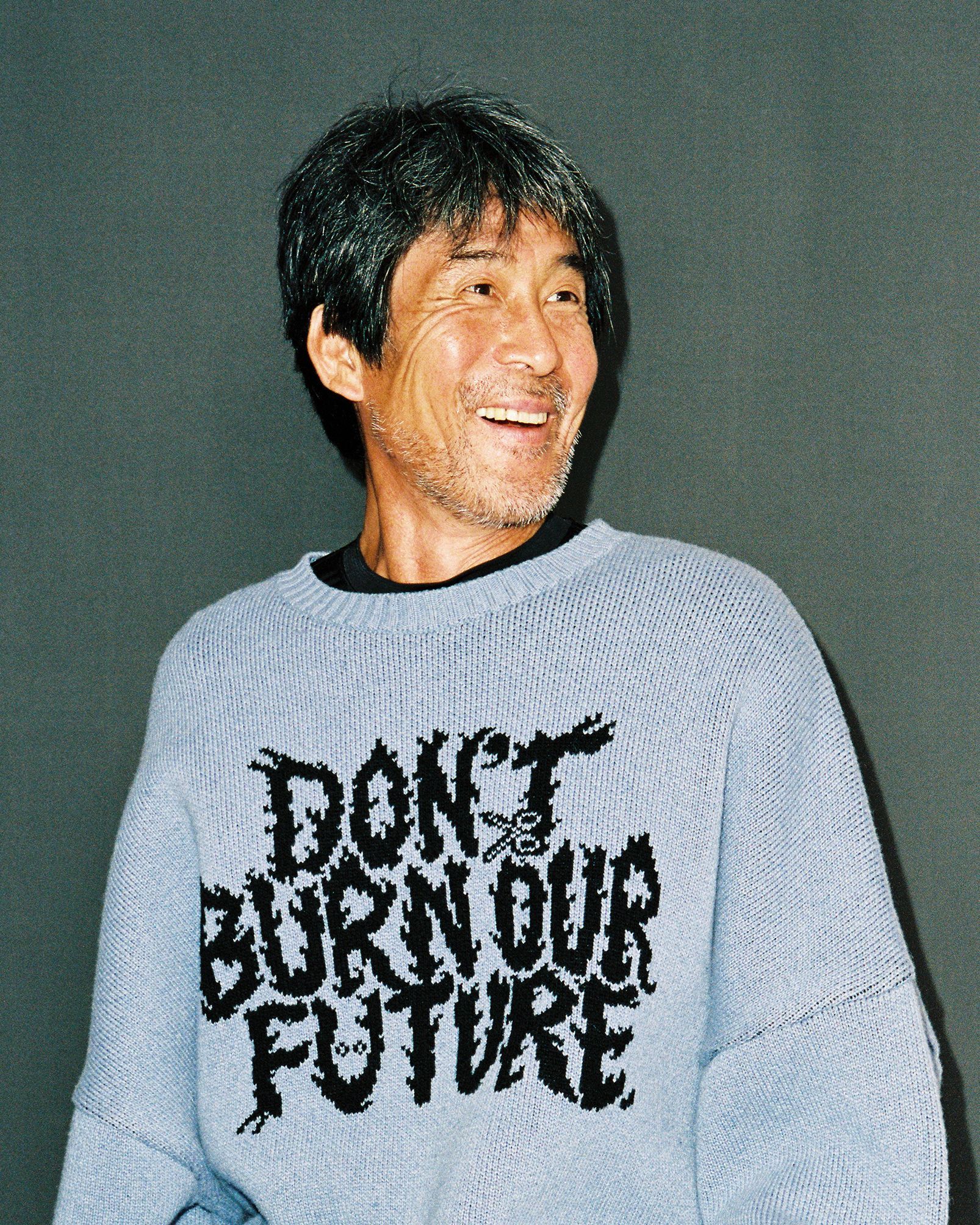
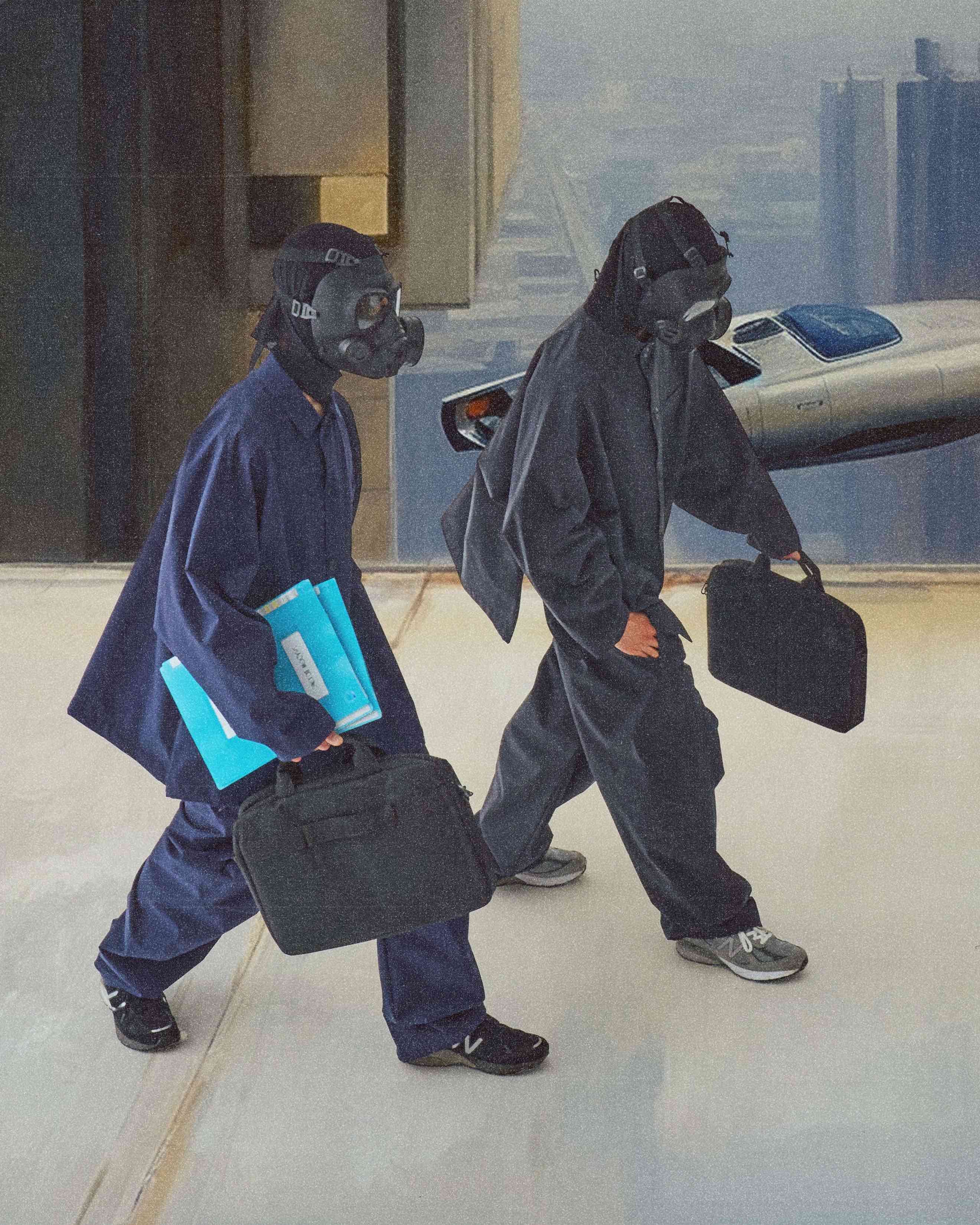
AL: What challenges did you face when launching such a progressive brand in South Korea?
AJO: Korean culture is expanding globally, but it’s more conservative than one might think. AJOBYAJO was launched in 2016, and we emphasized diversity by using everyday people as models from the beginning. We faced criticism, both online and offline, for featuring diverse models and trying to redefine what a lookbook should be. Many of the people I cast as models faced exposure to the public for the first time, so it was important for me to protect them from online harassment. Fortunately, the social climate has changed, and we now receive more support than criticism.
AL: South Korea boasts a vibrant subculture scene. How do you engage with and draw inspiration from it?
AJO: The subcultures that inspire me are not the ones consumed and popularized by media content. I’m lucky to have many interesting friends around me. Some are DJs at night and build furniture during the day, and some work at a bar making drinks but are also involved in film shoots. In Korea, doing various things across genres is not socially easy. Nevertheless, my friends who lead such versatile lives inspire me greatly. They also become models for my brand. Those who appear in AJOBYAJO campaigns are chosen not just because of their appearance. Their lives are a significant reason for my selection.
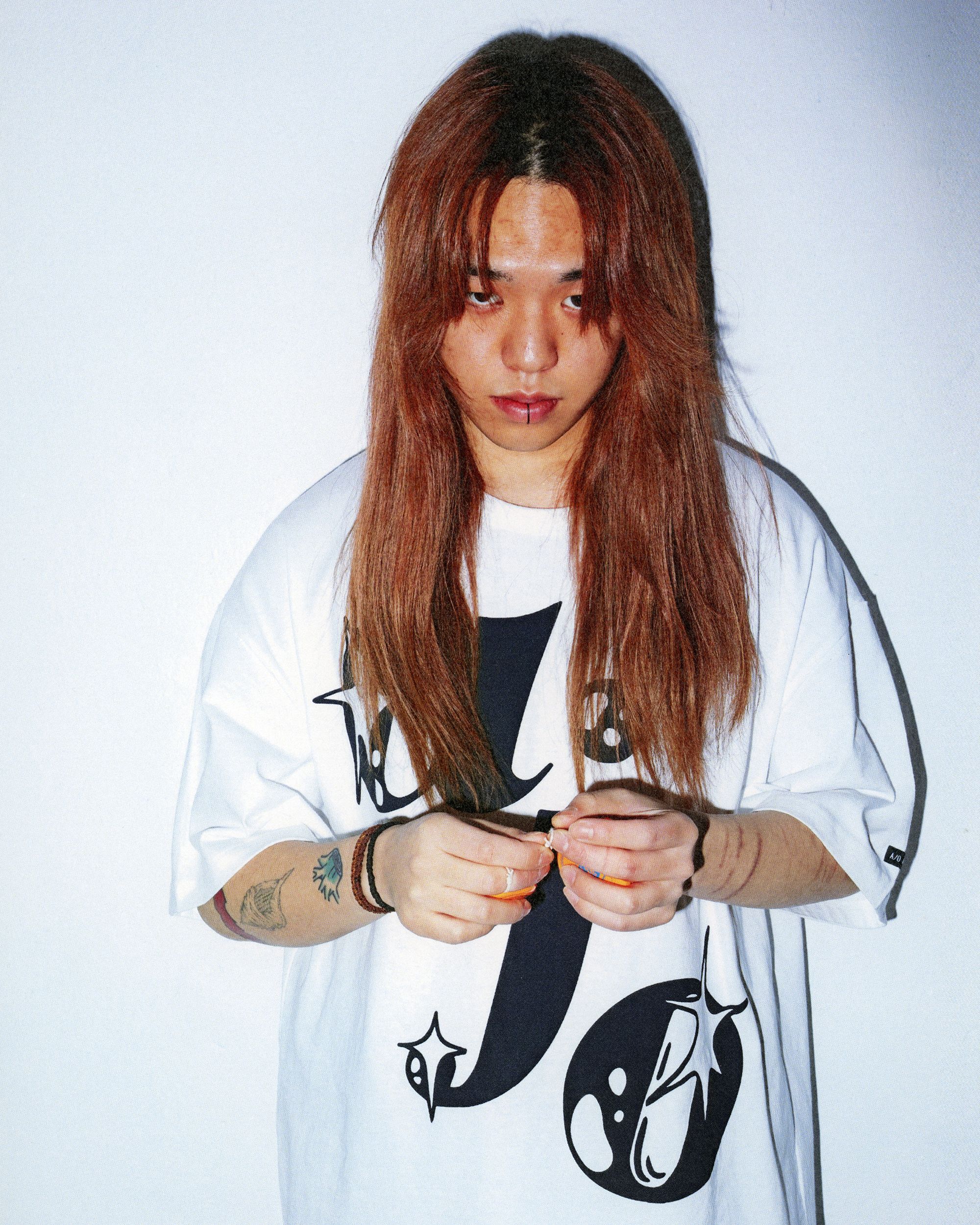
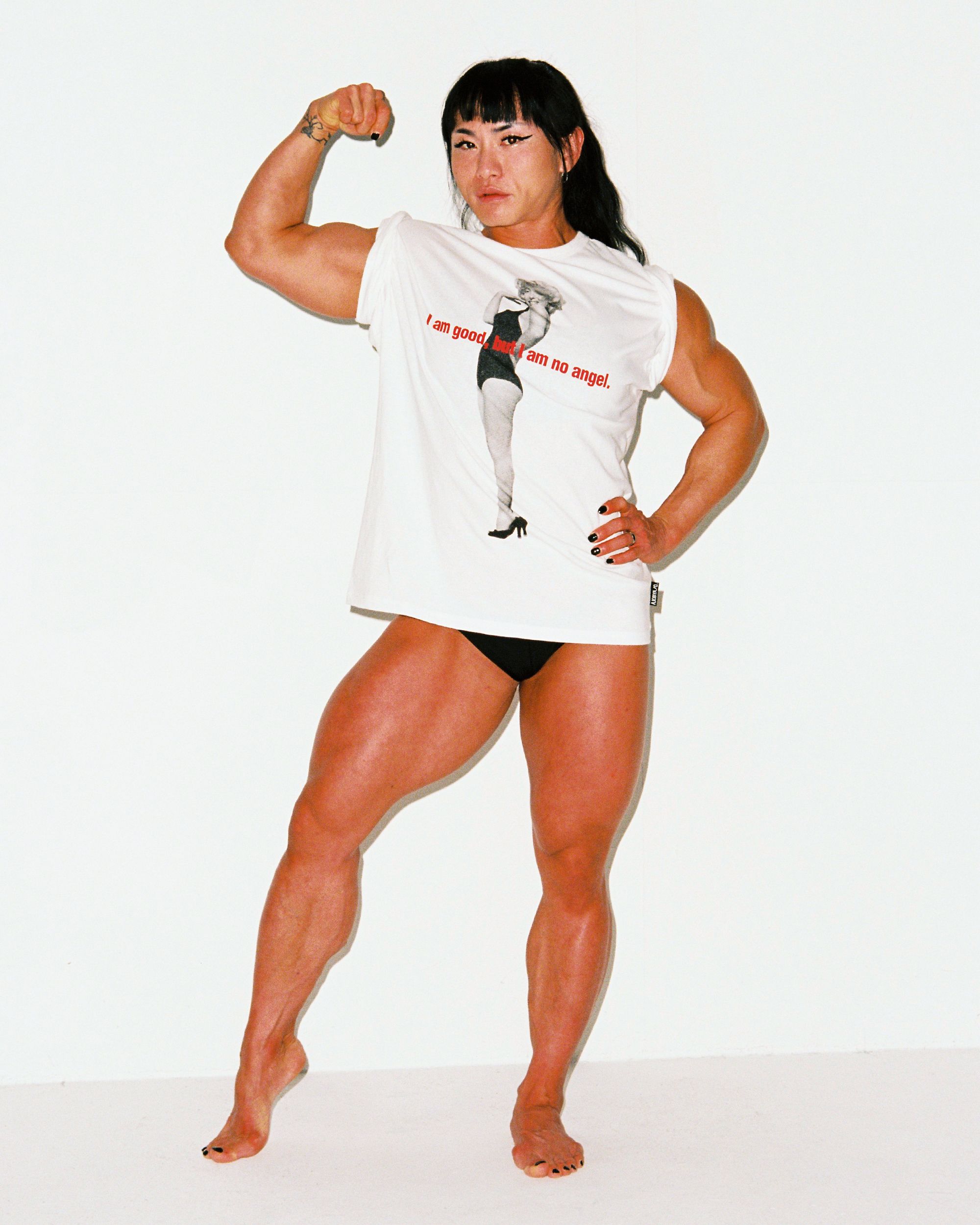
AL: In 2017, you collaborated with Neon Milk Collective, producing a campaign that sparked polarization since it highlighted the often-overlooked LGBTQ+ community. This marked a significant milestone for both AJOBYAJO and the history of South Korean design. What was the impact of this collaboration within South Korea’s fashion landscape?
AJO: Fashion brands need to have their unique culture and express it. Collaboration between mainstream and non-mainstream can attract attention from a wide range of consumers and potentially lead to higher sales. Our aim is to showcase the unique cultures of non-mainstream groups and introduce them to a broader audience. We want to break down the boundaries in South Korea, where people tend to be more cautious about unfamiliar things. By wearing AJOBYAJO clothing, we hope to offer a starting point for people to understand these unfamiliar cultures.
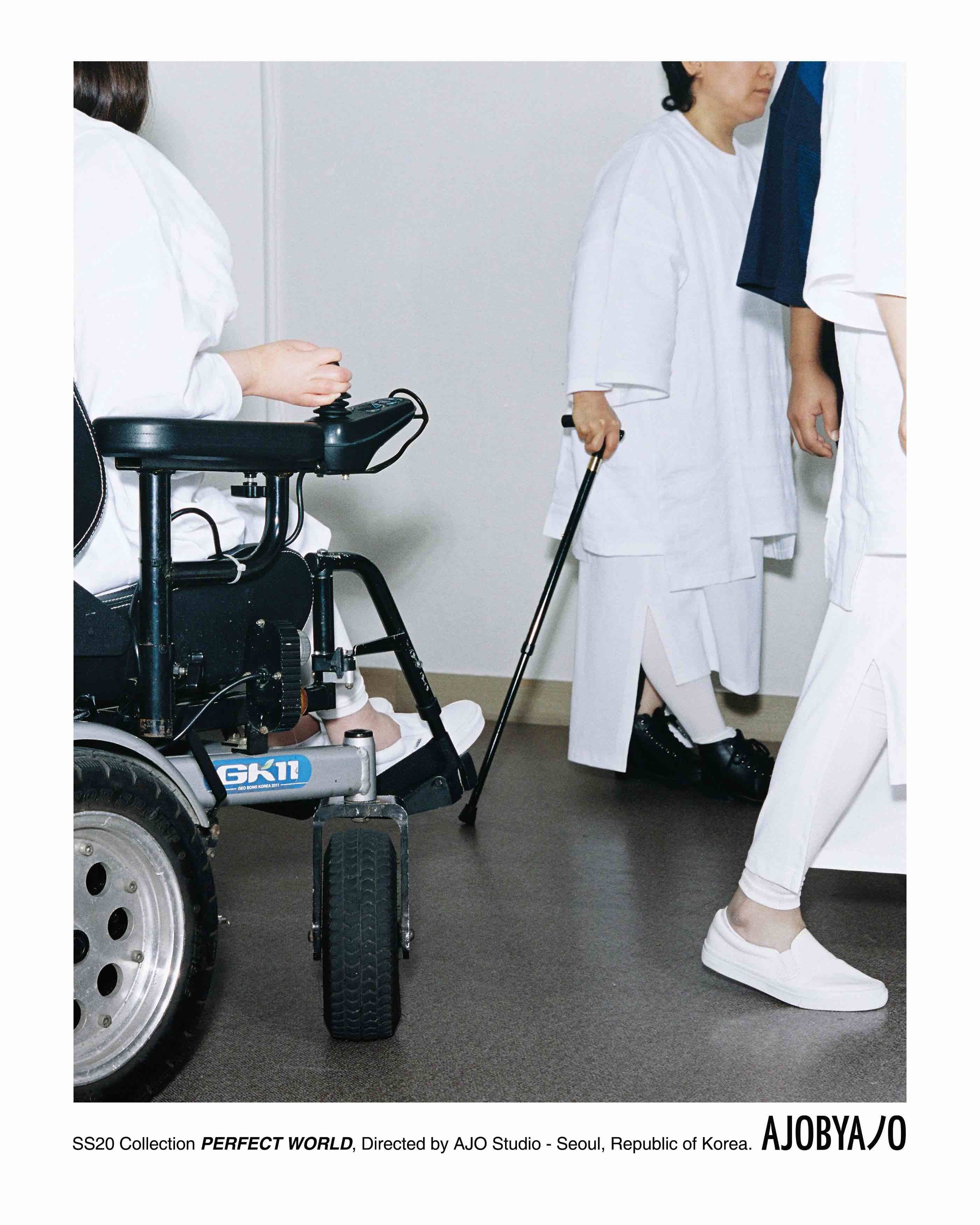
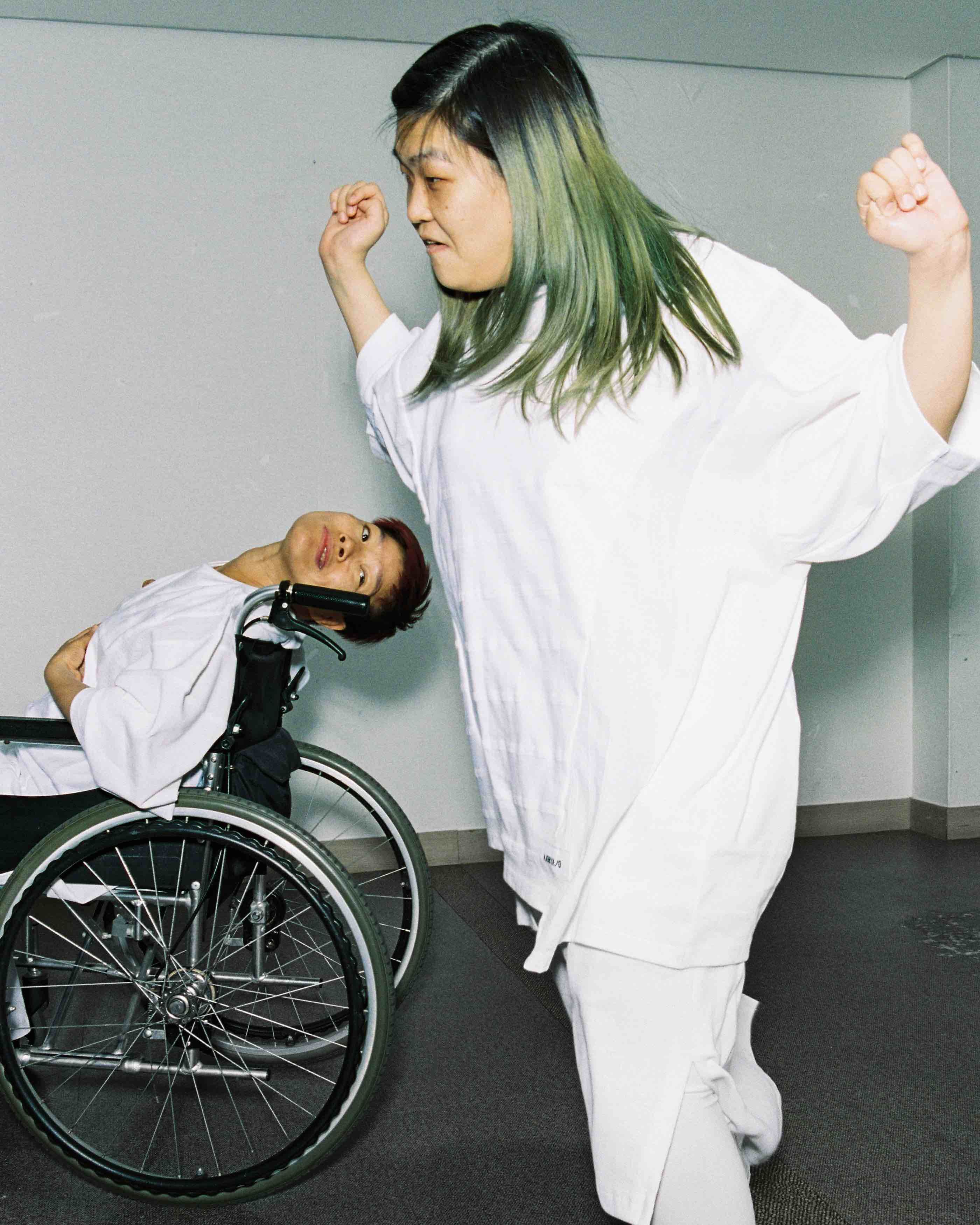
AL: Does fear ever play a role when you push socio-political boundaries?
AJO: To maintain a balance, what is essential is inclusivity. While there may be a need for direct and provocative elements, I do not want to exclude those who hold different views. We want people to discover themselves wearing our clothing because they genuinely like it, rather than feeling like they’re wearing it because of the message. I believe that when faced with such issues, style can help address the problems. A brand can convince people not just by conveying a message but also by proposing a style that goes along with that message. When a brand’s message, style, and the brand itself come together, people will open their minds and hearts. They might be drawn to the brand initially, but what makes them open their wallets is the clothing itself.
AL: Which South Korean fashion designers have left an indelible mark on your design philosophy?
AJO: Unfortunately, there isn’t any particular designer in South Korea who has had a profound impact on my design philosophy. South Korea has many talented fashion designers, but there isn’t a designer I can point to with a distinctive style. Creating a style is just as important as making clothes. A unique style means that both clothing and the people who wear them form a unique culture. While there are many great Korean brands, I haven’t seen one emerge with a distinct style yet. This is also challenging for me personally.
AL: What was your inspiration for your latest collection shown at Seoul Fashion Week?
AJO: The theme of this fashion show was “SHADOW BOXING.” I fantasized about whether the adversaries I fought so fiercely were, in the end, myself. A significant inspiration for this concept was the Japanese animation series Dorohedoro. It features characters who are not clearly good or bad, and their relationships are complex and messy, raising questions about why we live the way we do. I saw parallels between the characters in the show and our lives today. The characters in the anime don't fit neatly into idealized categories.These blurred boundaries are very similar to what AJOBYAJO seeks to embody.
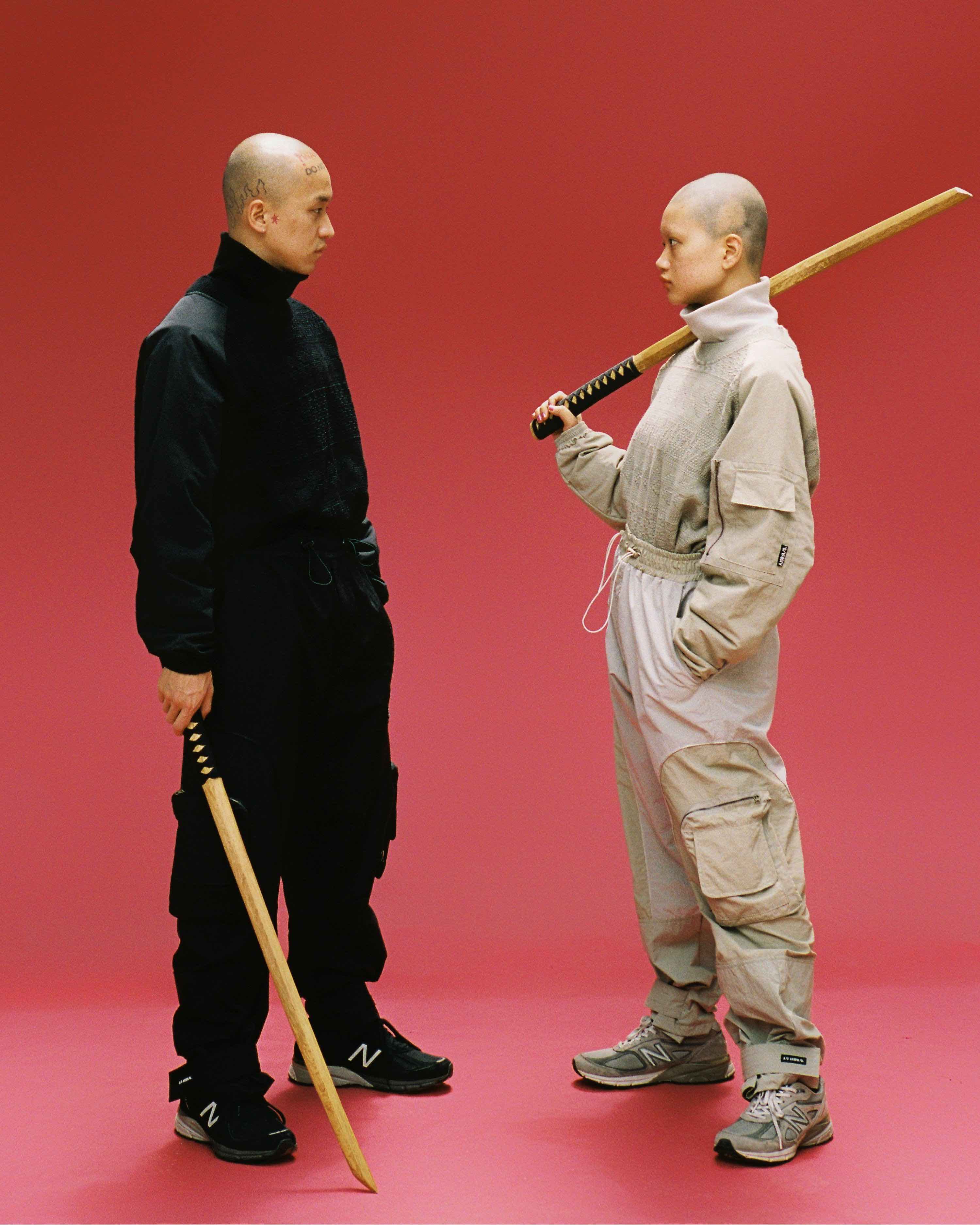
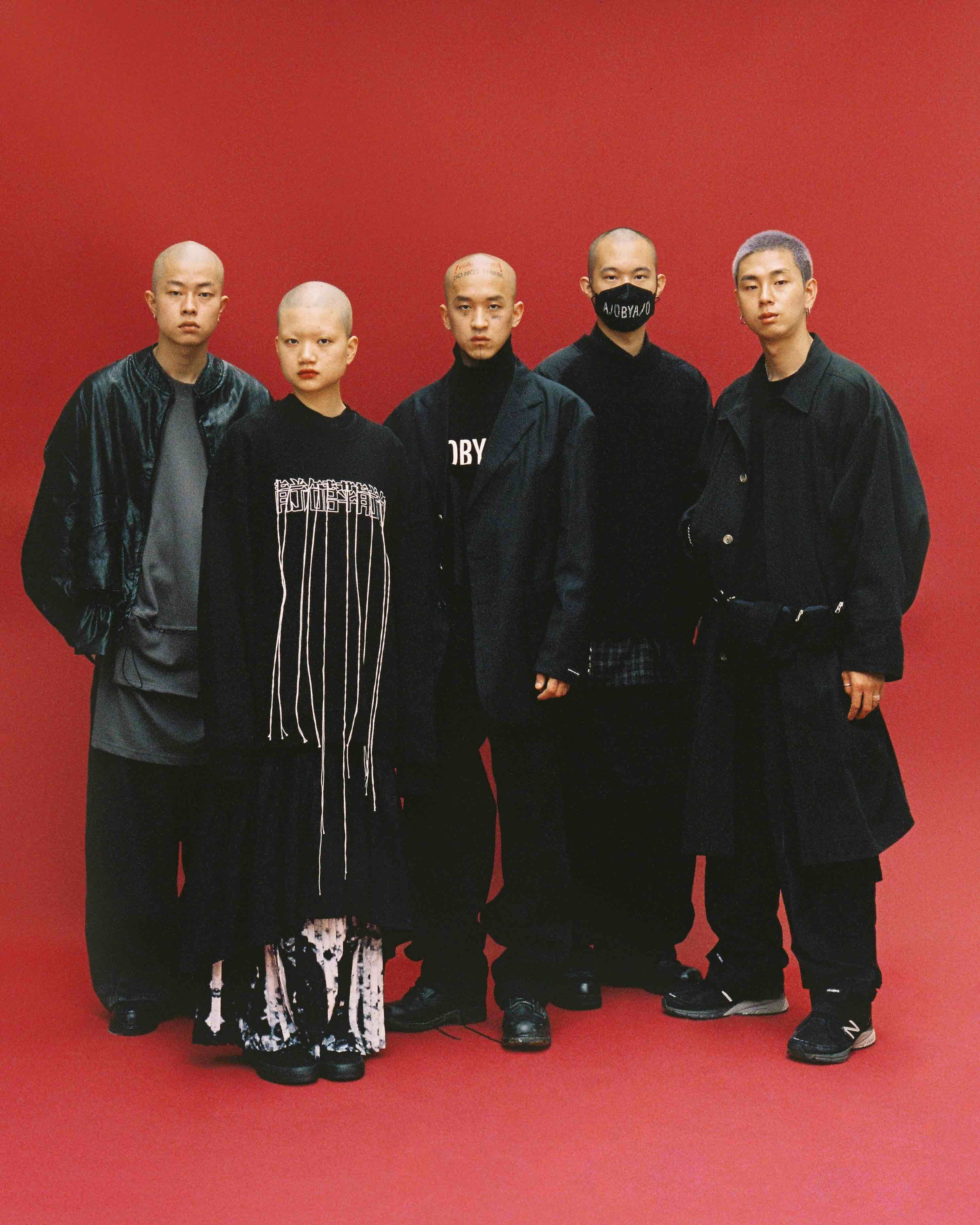
Credits
- Text: ALMA LEANDRA
Related Content
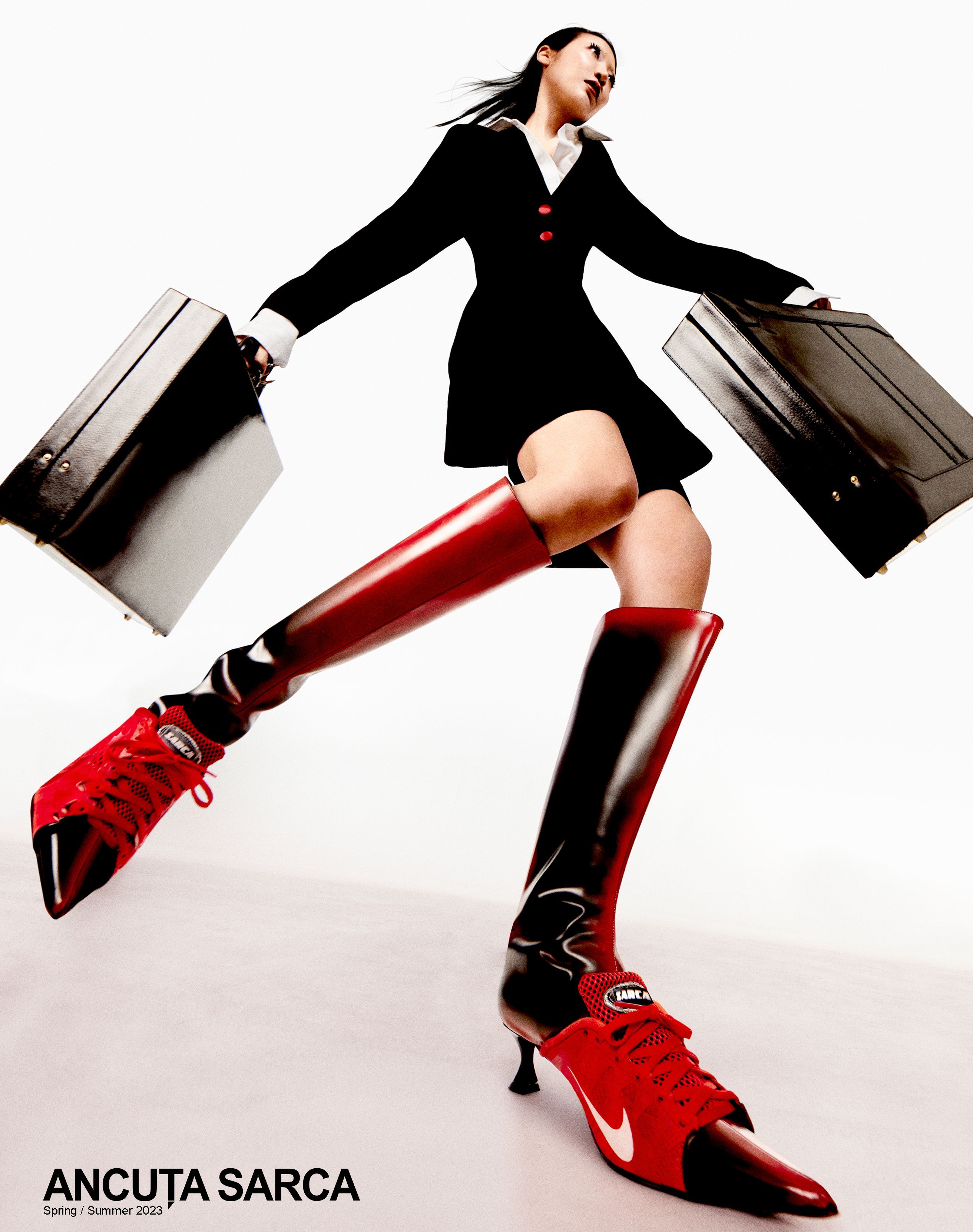
ANCUTA SARCA Reshapes Deconstructed Sneakers
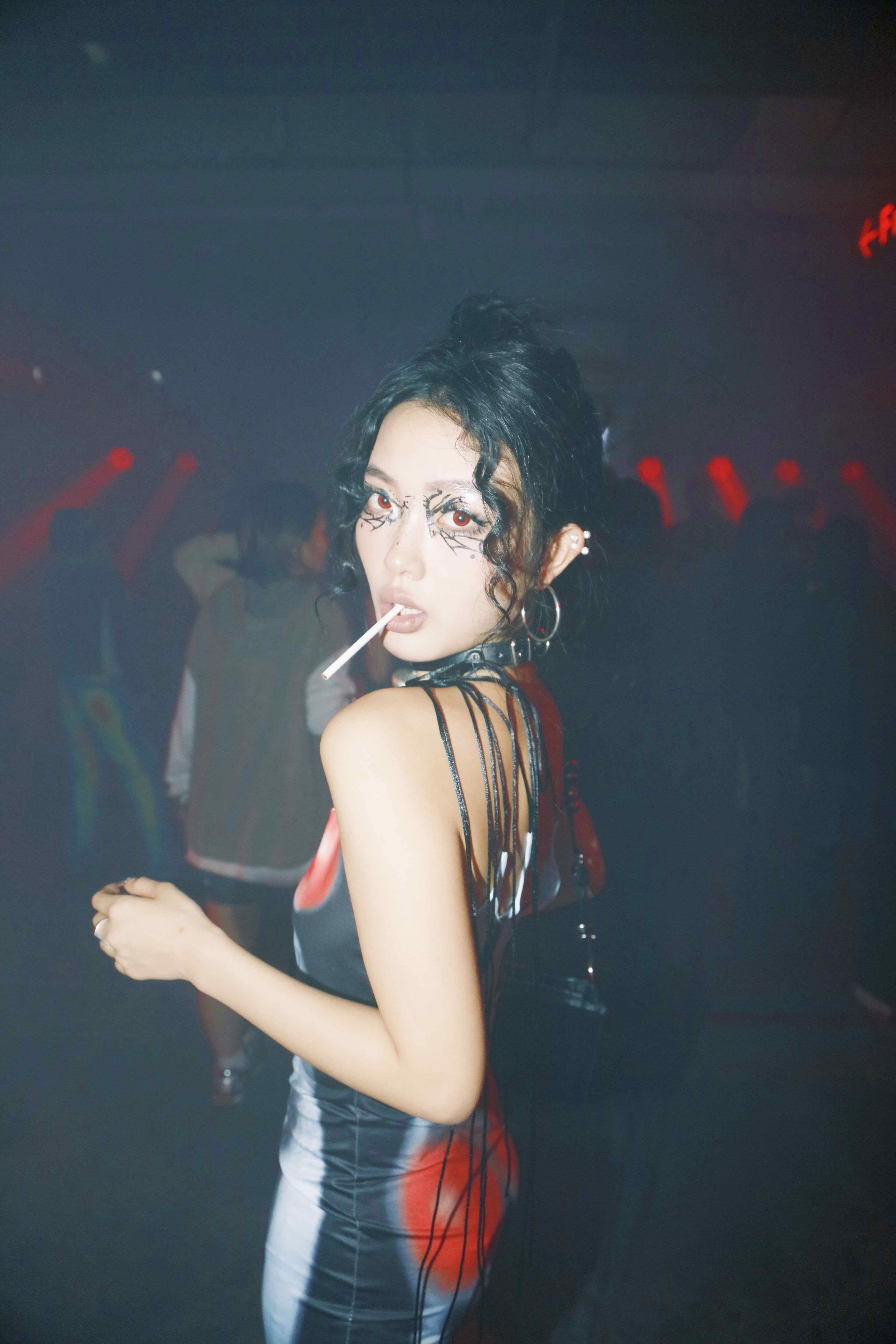
032c x B1OCK Warehouse Party in Hangzhou, China
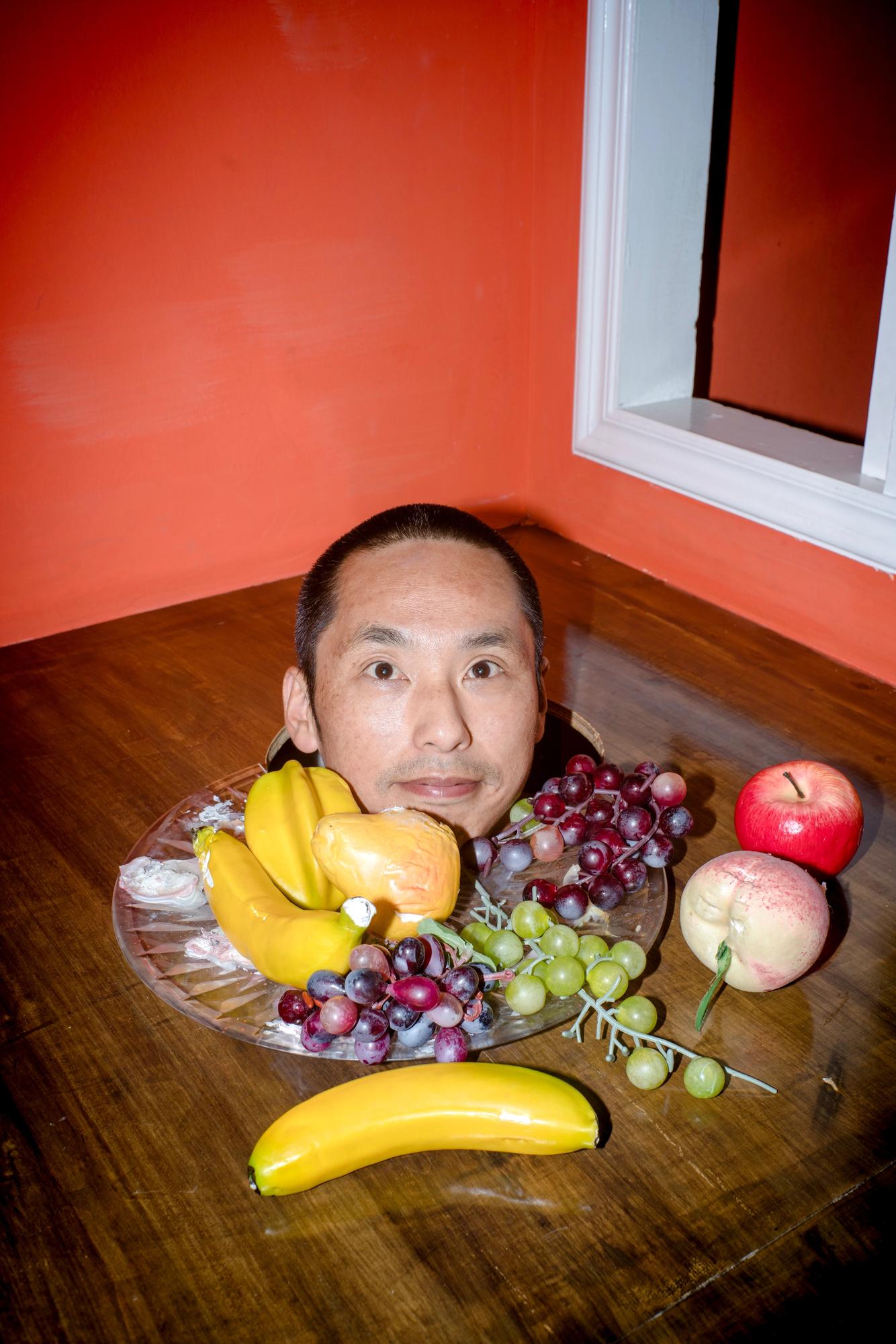
A Guy From Chengdu Takes Pictures in Shanghai
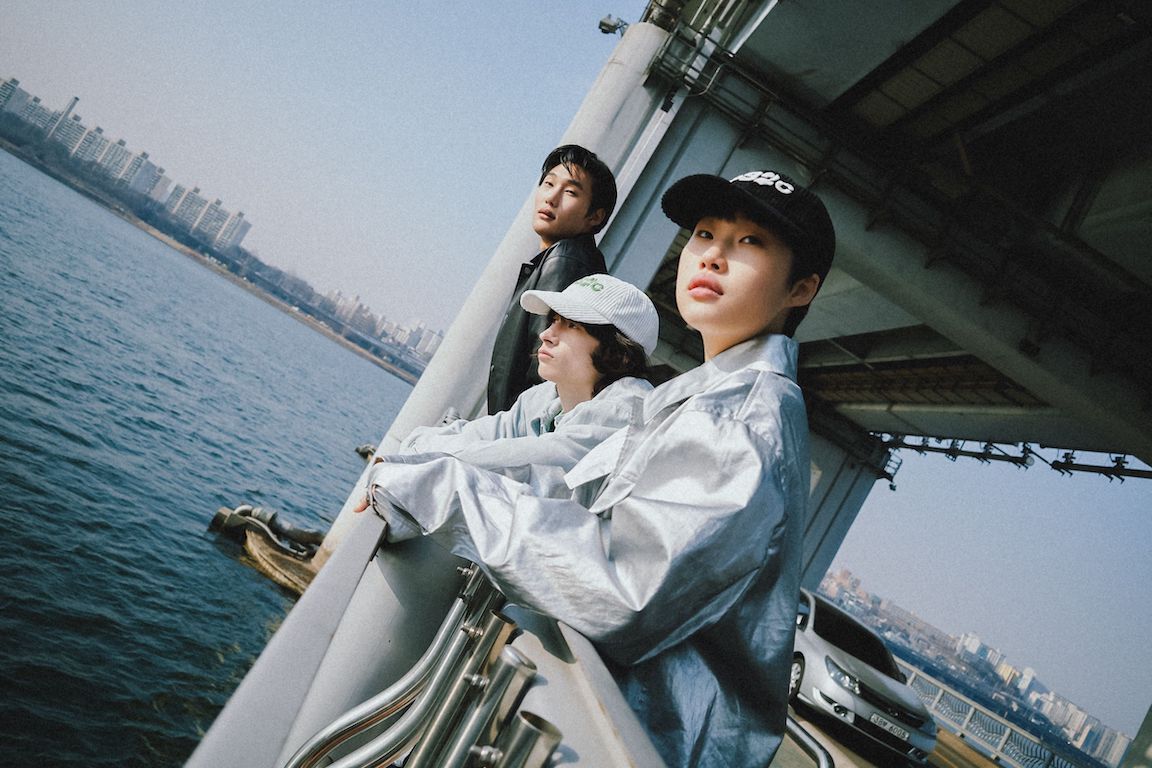
See 032c Readytowear's Spring/Summer Collection in SEOUL in a new COEVO Campaign
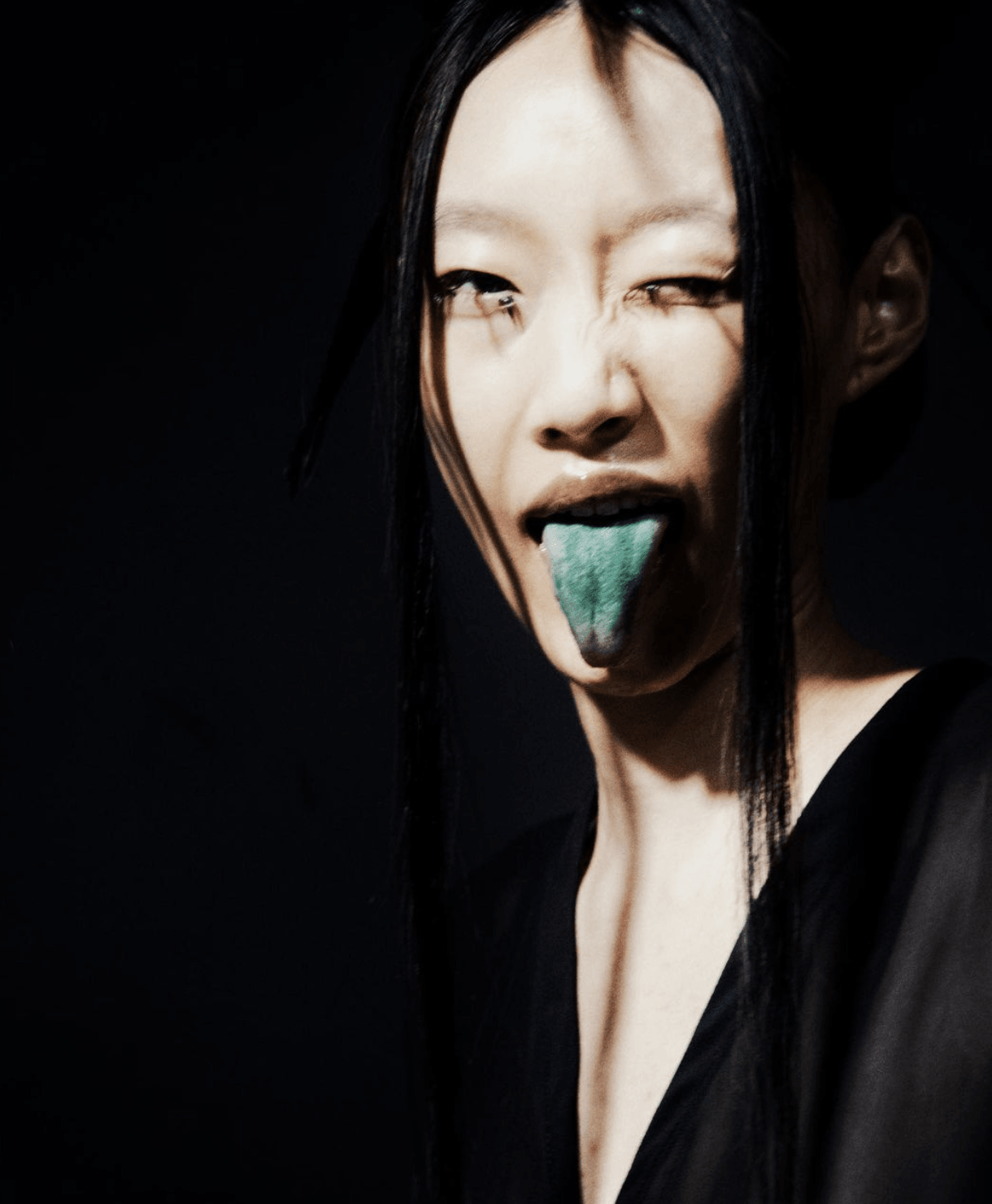
CHET LO’s BDSM Sweaters
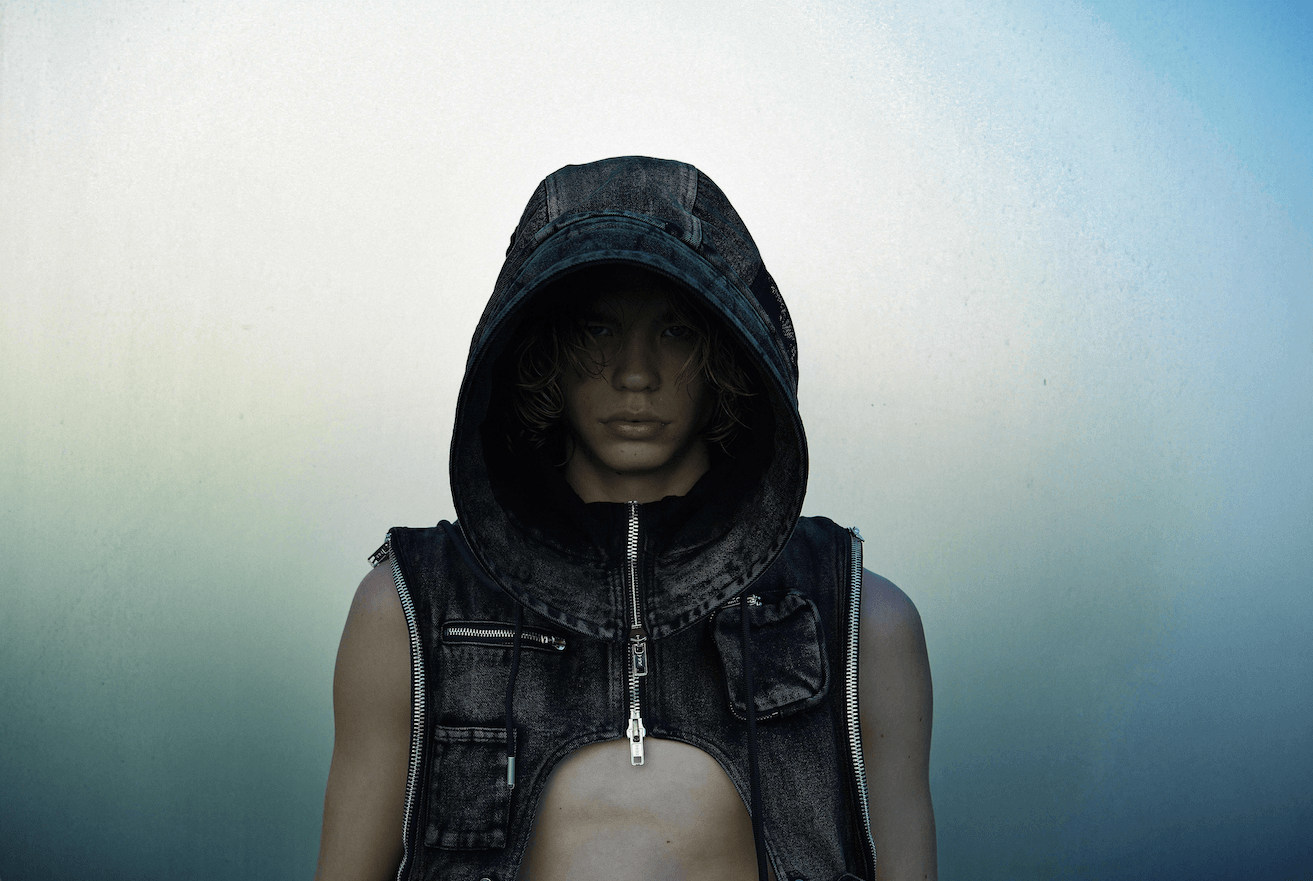
German Denim Dreams: LUIS DOBBELGARTEN's No/Faith Studios
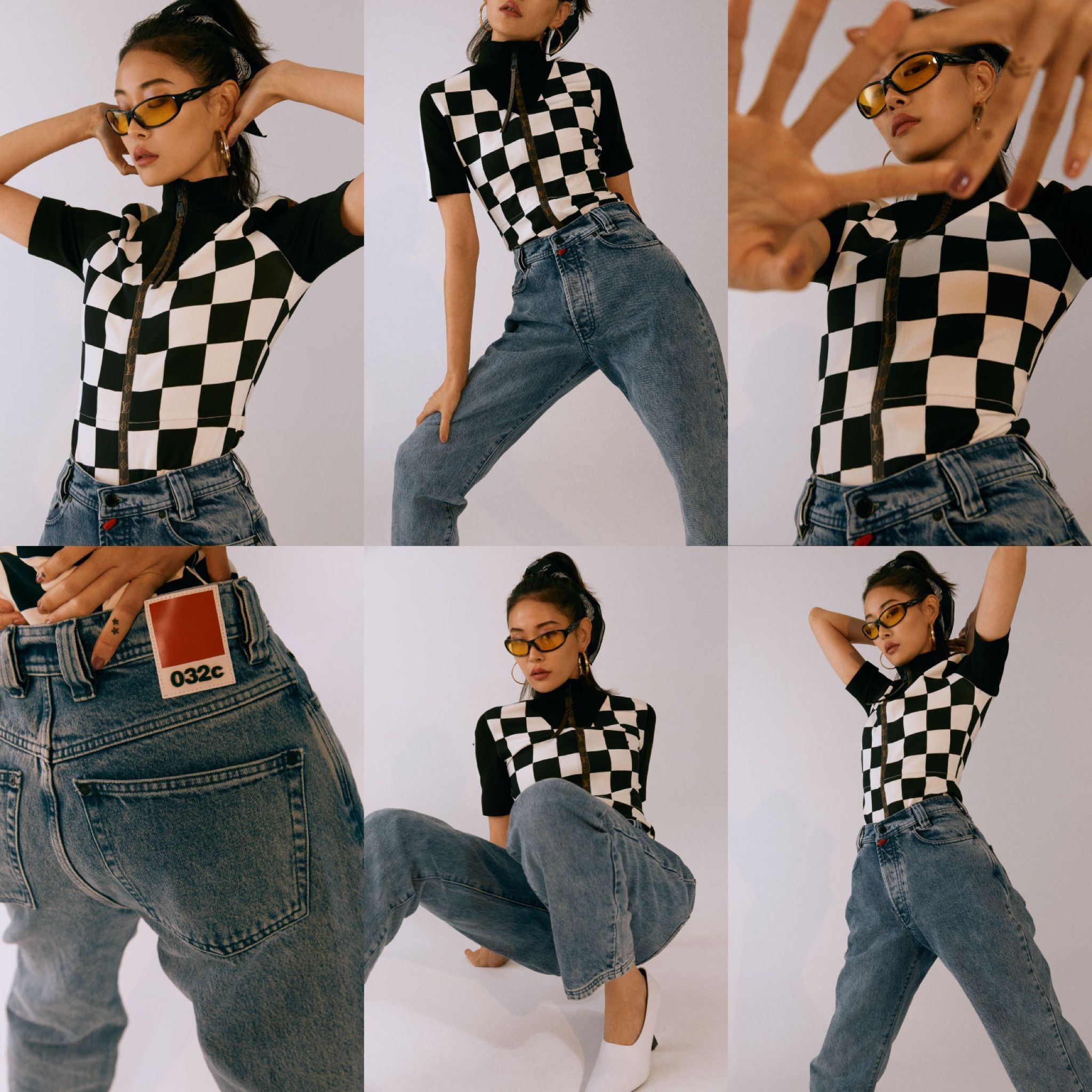
They Were Called the “ORANGE TRIBE”: Young and Rich in 1990s Seoul
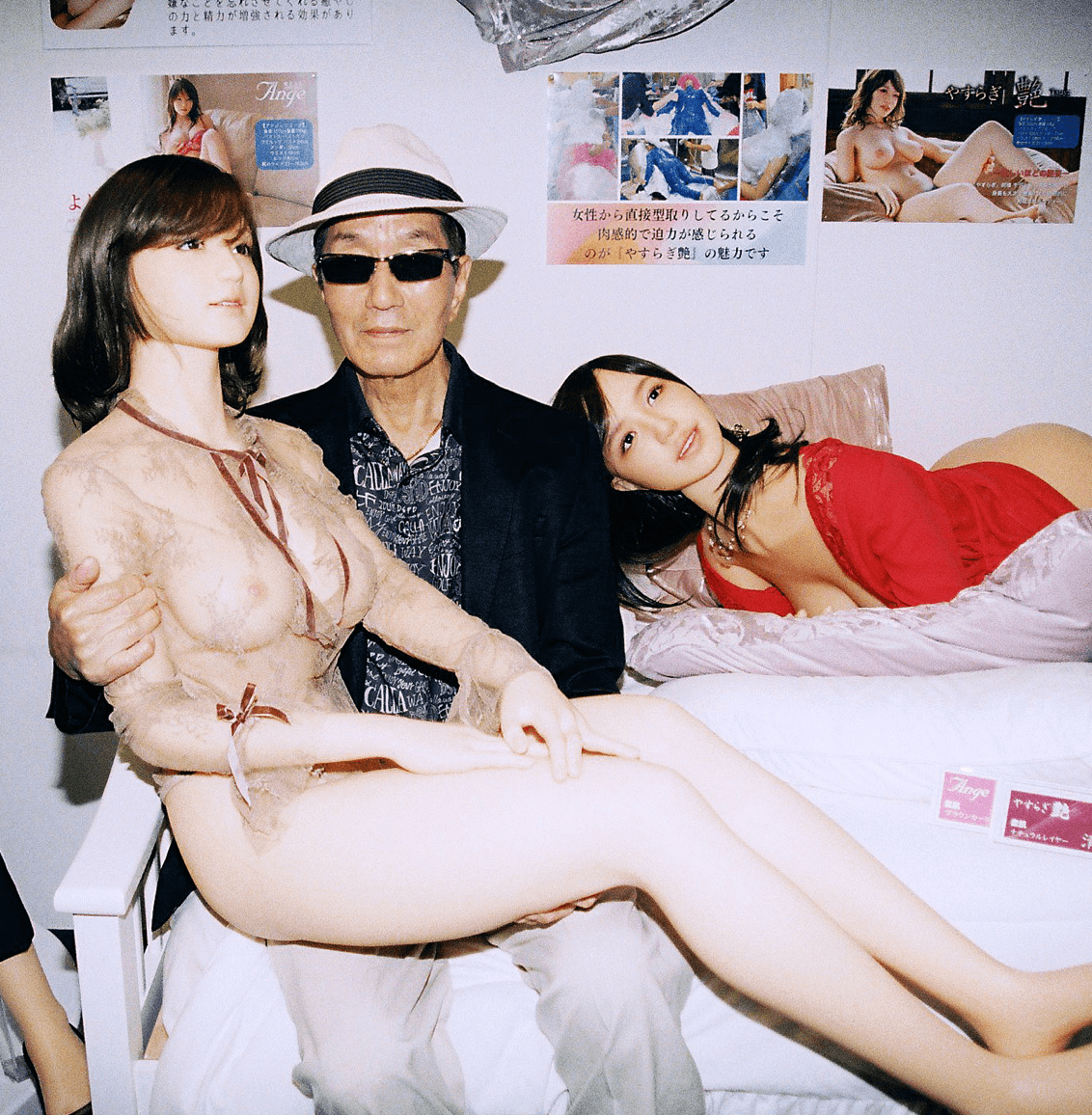
Fetish Nights in Tokyo: JOSHUA GORDON